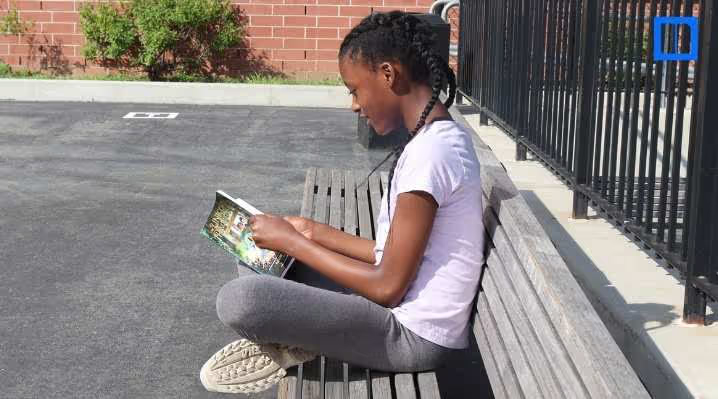Katie Arney, an English Department Chair from Glens Falls, posed this question to her ELA students to jumpstart her lesson focused on the memoir, Tuesdays with Morrie by Mitch Albom.
What does it mean to live a full life?
What started with blank stares from 24 fifteen-year-olds ended with a engaged discussion about life. Her students rose to the challenge, in large part because she was able to draw relevance, establish background knowledge, and create connections to the book through other literary works.
We asked Katie to share a bit more about the lesson, her process, and how she uses Newsela to bring relevance to the classroom:
Why is it important to build students’ background knowledge before diving into Tuesdays with Morrie?
Engagement, engagement, engagement. Students are not going to be engaged if they don’t understand the references, vocabulary, or setting within a book.
In Tuesdays with Morrie, Morrie Schwartz, the former sociology professor of author Mitch Albom, has ALS. Almost all of my students had just one point of reference regarding ALS: the Ice Bucket Challenge. But it was critical for them to understand more about the disease to understand the book. So, one of the first articles we read was about the viral video sensation. My students enthusiastically engaged and told stories their parents had shared with them about the Ice Bucket Challenge, we even watched a few videos to create some levity. They were hooked, but more importantly they were interested in learning more. They started to develop empathy towards Morrie, learn more about the disease, and understand the ramifications it had for the title character.
What was your intention behind including poetry in this lesson and how did it support students’ exploration of the essential question?
In this particular case, the poem "As I Grow Older" provides an excellent opportunity for students to explore how growing older can be an enriching experience through a creative piece of art. By analyzing the poem's message and comparing it to Morrie's philosophies, students start to understand the universal theme of aging and personal growth. Students were also given a different, more creative entry point to the themes of the book through poetry. For some it’s easier to answer the essential question, “What does it mean to live a full life?” through creative expression.
Outside of this lesson, how else have you built content knowledge in your ELA classrooms?
Newsela ELA simplifies the process of establishing connections between older literature and students’ current interests and realities through its Text Sets. Personally, I enjoy editing the ELA Write Prompts to link the article to our current unit or text. For instance, in our current AI ethics research, Newsela provided ready-to-use Text Sets about what AI is, what it can do, and historical connections. It’s been instrumental in building my students' knowledge in this emerging field.
What is one piece of advice you would provide for an educator that is just getting started with Newsela?
I would say, start small and gradually build your usage. Incorporating one article, poem, video etc. per week that supports your current unit, can provide students with relevant and engaging content that enhances their understanding of the subject matter and is fun for them. Newsela offers a wealth of resources and units that can be easily incorporated into existing curricula, making it an ideal tool for enhancing student learning. I like to pop into the Newsela Community throughout my week too. There, I can learn about new ways to optimize usage and stay up-to-date with the latest educational trends and best practices from other teachers.
For more tips on how to build background knowledge with Newsela, check out these resources!
 Products Overview
Products Overview












